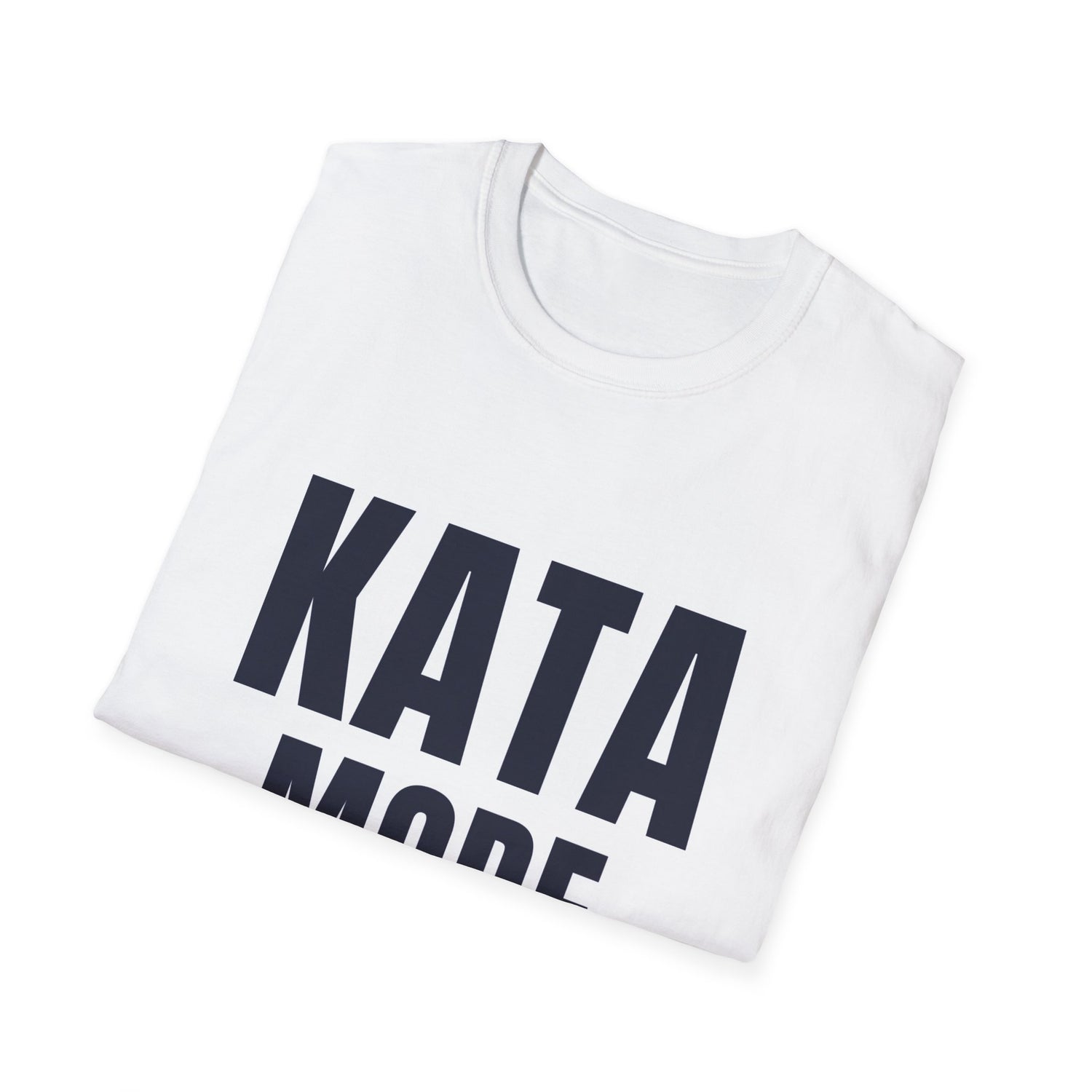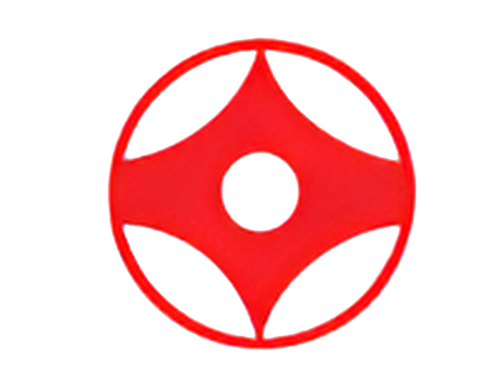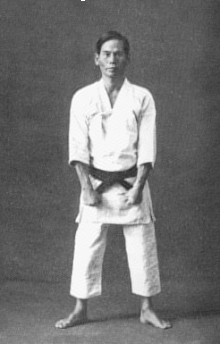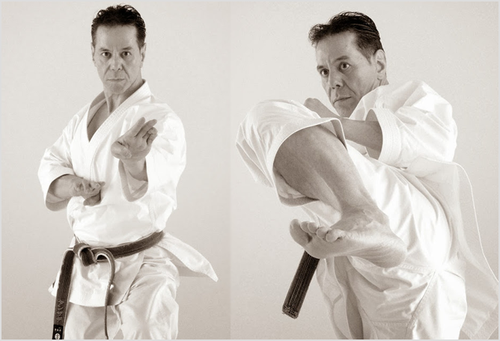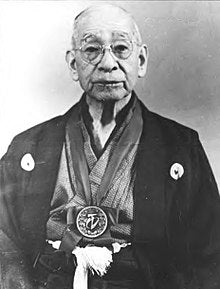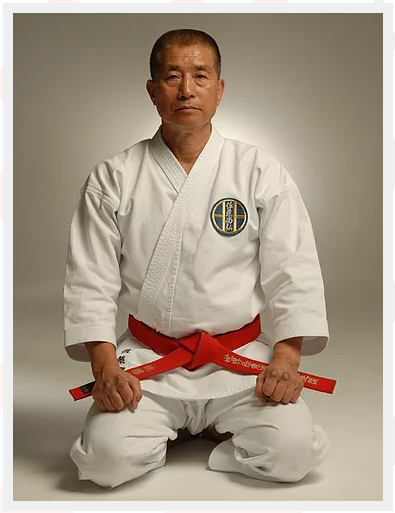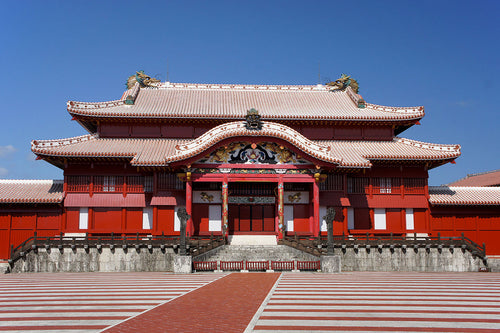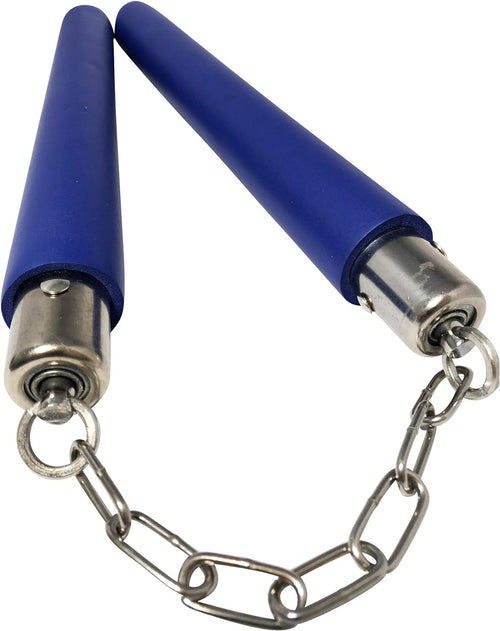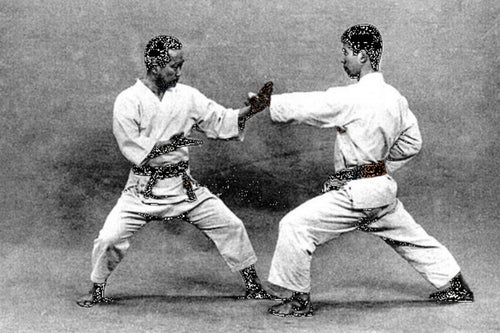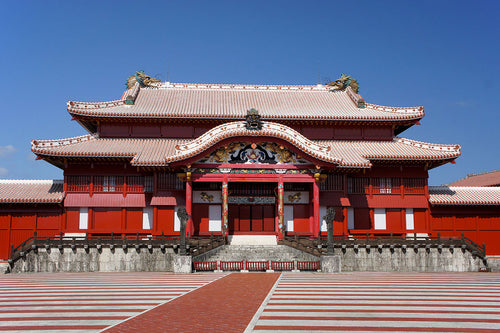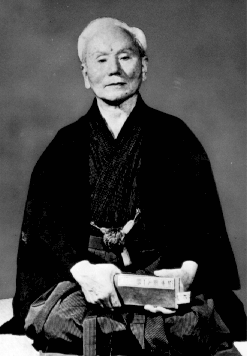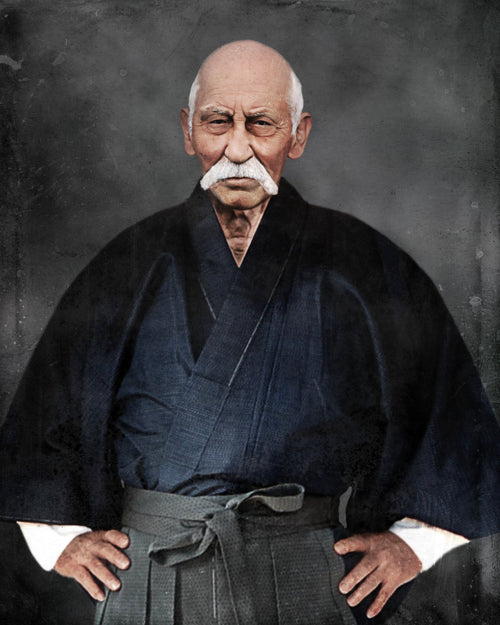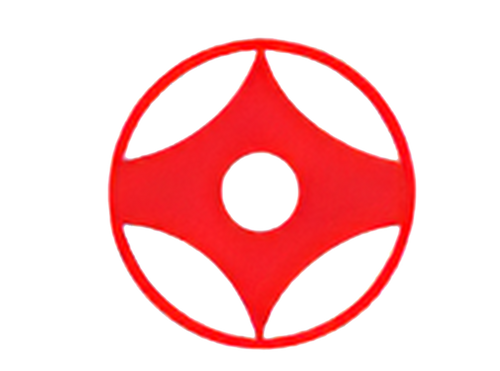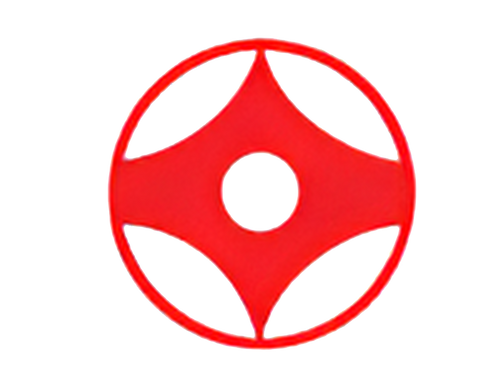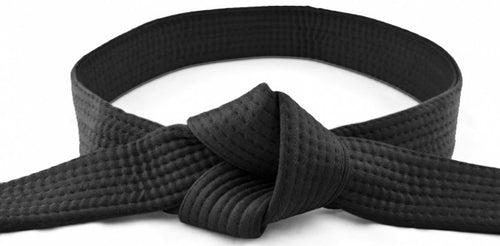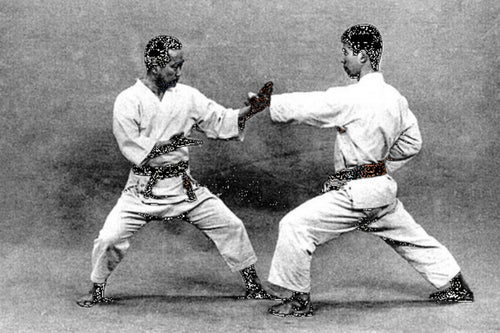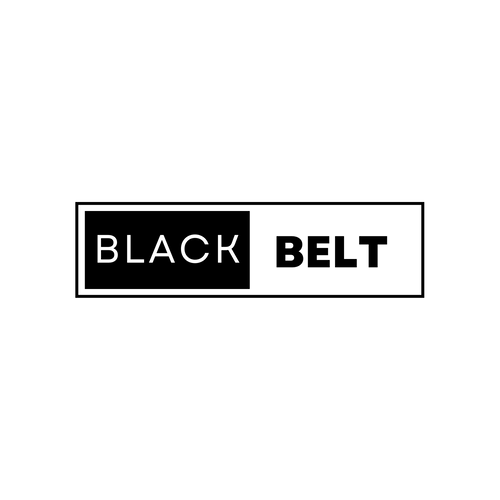Karate, a martial art known for its discipline, precision, and effectiveness, is not only a physical practice but also a journey of personal growth and self-improvement. One of the most visible aspects of a Karate practitioner's journey is the progression through a system of colored belts. Each belt represents a stage of development, with its unique challenges and expectations. In this article, we'll explore the Karate belt order and what each belt symbolizes in this martial art.
White Belt (Beginner)
The white belt symbolizes purity, the beginning of one's journey in Karate. At this stage, a practitioner is like a blank canvas, open to learning and eager to absorb the fundamental principles and techniques of Karate. White belts learn basic stances, blocks, and strikes.
Yellow Belt
The yellow belt signifies the first rays of sunlight breaking through the darkness. At this stage, practitioners build on their foundation, honing their techniques and deepening their understanding of Karate. Yellow belts start to incorporate more advanced movements and combinations into their training.
Orange Belt
The orange belt represents further progress and enthusiasm. Practitioners at this stage continue to refine their techniques, emphasizing precision and control. They also start exploring kata, the choreographed forms that are a core part of Karate training.
Green Belt
The green belt symbolizes growth and development. Green belt practitioners delve deeper into kata, focusing on their execution and interpretation. They also begin to explore sparring and application of techniques in controlled settings.
Blue Belt
The blue belt signifies a deepening of knowledge and skills. At this stage, practitioners are expected to demonstrate advanced techniques and combinations with accuracy and power. The emphasis is on fluidity and adaptability in sparring.
Purple Belt
The purple belt represents the transition from intermediate to advanced levels of Karate. Practitioners at this stage often have a solid understanding of the fundamental techniques and can execute them with finesse. They also start to teach and mentor junior students.
Brown Belt (1st to 3rd Kyu)
Brown belts indicate a high level of competence in Karate. The transition from 3rd to 1st kyu is often characterized by a deepening understanding of the art's philosophy, principles, and applications. It's a stage of fine-tuning one's skills and working towards black belt proficiency.
Black Belt (Dan Ranks)
The black belt is a symbol of expertise and mastery. The journey doesn't end here; it merely enters a new phase. Black belt ranks range from 1st dan (shodan) to 10th dan (jūdan), with each level signifying increasing mastery, knowledge, and leadership in Karate. Practitioners at this level often take on a more significant role in teaching and guiding others.
Beyond Black Belt: A Continual Journey
Reaching the level of black belt is an achievement, but it's not the end of the road. In Karate, the pursuit of knowledge and self-improvement is ongoing. Even experienced black belts continue to refine their techniques, explore advanced kata, and delve deeper into the art's philosophy. They may also become instructors, passing on their knowledge to the next generation of Karate practitioners.
Conclusion
The Karate belt order is not just a progression of colors; it's a representation of the practitioner's journey of growth, discipline, and dedication. Each belt signifies a new level of understanding and competence in this martial art, from the white belt's pure beginnings to the black belt's mastery. Karate is not only about physical prowess but also about mental and spiritual development, making it a truly holistic martial art.


